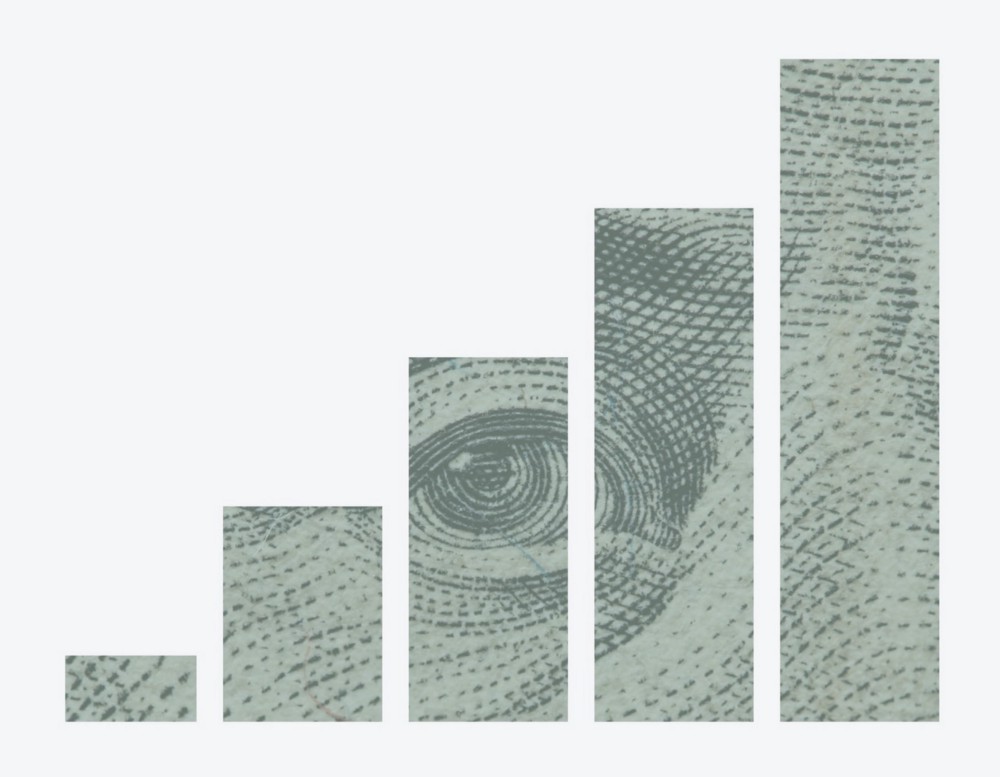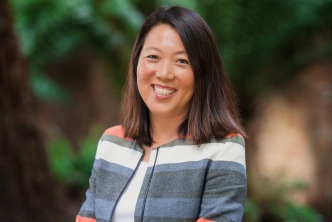
Why Do We Give?
The answers range from the personal to the pragmatic. Some givers are motivated by faith or family values. For others, it’s the sense of responsibility that comes from sudden wealth or exposure to need. Still others are moved by gratitude and a desire to give back, or the joy and solidarity that comes from giving. There’s peer pressure, novelty, reciprocal exchange, or a desire to forge an image of generosity. And then there are purely practical decisions that come down to choosing to earmark funds for charity tomorrow rather than pay more in taxes today.
So when we work to catalyze greater giving, we must take account of all of these motivations, and choose our lever points wisely. At Magnify Community, we’ve worked at this for three years. We’ve had significant successes, hit some walls, and learned a great deal along the way. And one of our most important lessons is that while generous one-off gifts can be transformative to a community nonprofit and the people it serves, we simply must activate generosity at scale, more quickly, and over time.
The pandemic and racial reckoning put our community’s generosity to the test. But, in fact, the test wasn’t that hard. The needs were both shocking and obvious. And wealth among those with the capacity to give skyrocketed. We were gratified to see that generous people gave and gave again, doing so with greater trust and more attention to equity than in the past. Our Magnify Community Pledgers increased their local giving by more than $35 million last year, for example. But the long-standing and crisis-related needs are still there while the giving appears to have tapered off.
As we look to the future, it’s clear that relying on good intentions is not enough. Incremental increases are not enough. Generosity in extreme circumstances is not enough. High-touch, personalized education among small cadres of donors is not enough. To activate giving into communities (not just giving into philanthropic vehicles) at scale — giving by many at the high levels commensurate with the need — we need policy change.
For the most part, this isn’t about calling out super-villains and finding scapegoats. There’s been plenty of that in the press and it’s often a bit too facile. The reality is usually far more mundane: on the individual level, it’s about time, prioritization, indecision, lack of knowledge, fear, and a not-irrational willingness to take advice from financial professionals whose job is to earn money, not give it away. (Systems-level issues merit their own post, for another day…)
How do we address that reality?
Our community needs people to give when crises recede from the headlines, even if the donors are busy, and deferring “‘til later” feels easier — especially if they can always point to someone with more resources to give. Our community needs people to give even when they think they don’t know enough, and are less willing to learn and take risks in their philanthropy than in other aspects of their lives. Our community needs people to give even if it’s simpler not to challenge their financial advisor’s focus on assets under management. When donors underestimate how much they have to give, and overestimate the long-term impact their giving will have on their growing portfolios, it is increasingly clear that it will take external incentives or mandates to channel charitable resources where they are needed in the community, if change is to happen at scale. MacKenzie Scott can not save us all.
It is quite possible to be an optimist at heart, to delight in the generosity of good people, to celebrate how many hearts and minds we have moved toward equity and philanthropy here at home, and still to recognize the limits of what can be achieved through high-touch interactions and communications strategies that are inherently limited. Our Magnify Community Pledge is not the only voluntary effort out there to activate more giving. There’s the Crisis Charitable Commitment, #HalfMyDAF, Give While You Live, and The Giving Pledge, to name a few. Where we and other “philanthropic motivators” succeed, it is rarely at scale, and scale is what we need to address the challenges before us.
Today, it is perfectly legal and acceptable to put money aside for charity in a donor-advised fund until the donor has more time, more information, more inspiration, or until the kids get older and can get involved. Whether that’s six months from now or 60 years from now, the law is indifferent, and the funds likely have no positive impact in the community until that time. It’s perfectly legal and commonplace to treat the private foundation minimum payout requirement of 5% of corpus as a ceiling, not a floor, despite pressing needs and the fact that the stock market historically returns more than 5% on average over time. And, of course, it’s perfectly legal and rational for the wealthy to play within the rules of a tax system that focuses on income, not wealth, even though foregone tax revenues make private philanthropy necessary to ensure community well-being. This aligns remarkably well with Silicon Valley’s Gold Rush mentality of wealth accumulation, which has become an indelible part of the culture here.
The rules of the game need to change. There are multiple legislative proposals up for debate on all these issues. Our role is not to advocate for any one of them, but instead to underscore the need for a significant shift in the status quo and our current assumptions, and to focus on the goal of scaleable, sustained giving, in greater amounts, to the myriad of high-impact nonprofits, so that we can create a world where everyone can thrive.
We cannot create a more equitable, vibrant, healthy, and well-educated Silicon Valley today while settling for charity tomorrow. We can’t rely on a few enlightened givers to serve as community saviors while others sit on the sidelines. Voluntary efforts, norm-changing work, narrative-shifting strategies, and robust donor education and organizing are all absolutely necessary but not sufficient to get us where we need to go as a community. These crisis times have served as a powerful proof-point for philanthropy, giving us a sense of what is possible, what holds us back, and what is needed. We’ve seen effective nonprofits step up and do their powerful work. We must do ours.
With optimism and courage, let’s embrace the policy changes we need to make to ensure large-scale, timely, and equitable investment in our communities and the common good with the abundance all around us. The impact we can make today, individually and collectively, is the greatest charitable legacy we can leave to the generations to come.


